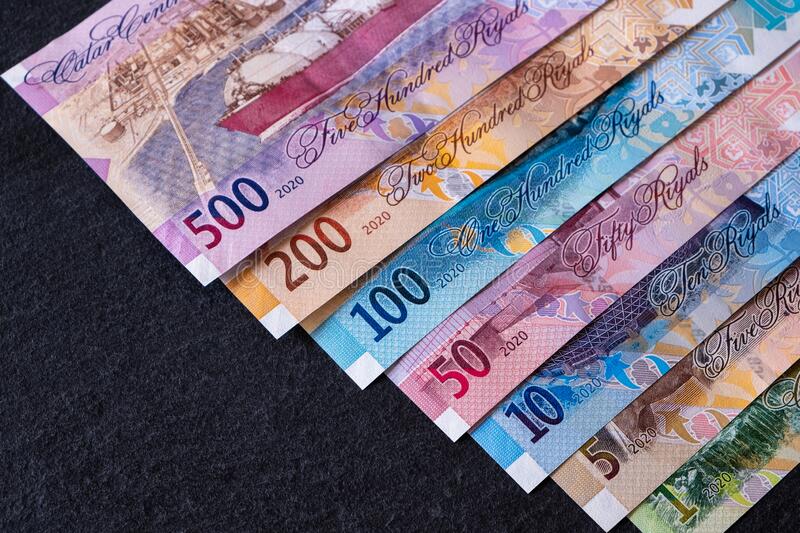According to data released by the Qatar Central Bank, by the end of March 2023 foreign bank balances increased by an estimated 12.169 billion QAR.
The Qatar Central Bank’s currency liquidity and international reserves increased to 235 billion QAR in March, an 11.8% increase from 210 billion QAR in March of last year.
According to data released by the Qatar Central Bank, the central balances of bonds and foreign treasury bills also increased by about 24 billion QAR at the end of February compared to the same month last year, bringing the total amount of official reserves to 177.134 billion QAR.
Major elements of the official reserves include foreign bonds and bills, cash held in foreign bank accounts, gold holdings, deposits for special drawing rights and Qatar’s share in the IMF.
The term “total foreign reserves” refers to all liquid assets, including the official reserves and other assets such as the foreign currency deposits.
By the end of March 2023, foreign bank balances increased by an estimated 12.169 billion QAR, reaching a total of 27.294 billion QAR.
On the other hand, gold stocks have increased by an estimated 8.763 billion QAR, reaching 20.656 billion QAR, by the end of January 2023.
Qatar’s SDR deposits at the IMF decreased by 137 million QAR by the end of March 2023 compared to March 2022, totalling QAR 5.314 billion.
What does this mean for Qatar’s economy?
The rise in foreign reserves indicates a robust and healthy economy, as higher reserves can offer increased stability and the ability to withstand external economic shocks.
This increase in Qatar’s foreign reserves is a positive signal for both investors and the international community, showcasing the country’s ability to support its economy and maintain its financial stability.
Qatar has witnessed rapid economic development in recent years, mainly fuelled by its vast reserves of natural gas and significant investments in various sectors.
The growth in foreign reserves can also be attributed to prudent fiscal policies, a strong banking system, and sound economic management by the government.







